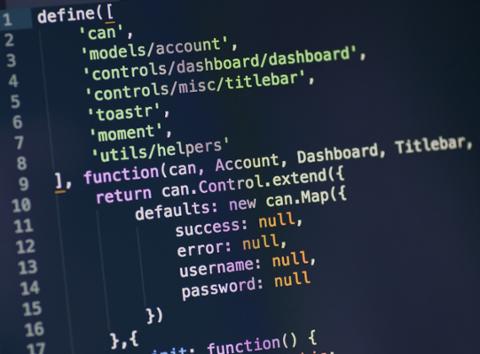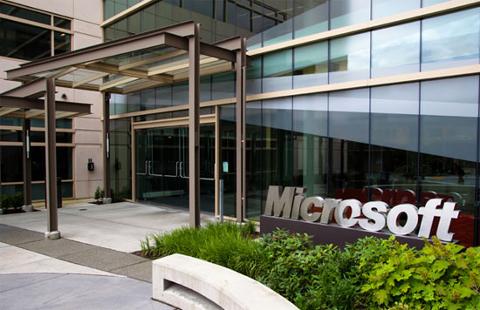Diversity
remains an issue in tech firms across the nation, with executives and project managers publicly upset over a lack of women in engineering and programming roles. Multiple explanations for the gender gap persist; some point accusing fingers at the country’s educational pipeline, while others say that the culture within tech companies discourages women from participating more fully. Sujatha Kashyap, vice president of products for Robin Systems, which builds tools for enterprise data storage and optimization, believes that the culture of coding, particularly open-source, attracts “a certain demographic” that might keep some women coders away. Specifically, Kashyap thinks many open-source communities may be more geared to the way men communicate, especially in an online context. That makes it more difficult for women interested in code to make their presence known.
A Look Inward
Critical mass is another issue: There simply haven’t been enough women coders and developers on corporate project teams, suggests Anandhi Bharadwaj, professor of information systems and operations management at Emory University’s Goizueta Business School. While there are women actively involved in open source right now, offering contributions on forums such as GitHub, there are many more still learning the craft, experiencing what Bharadwaj termed “a learning curve as they develop their confidence and competence.” For some women coders, the demands of ordinary life prevent them from devoting time to open-source communities, said Emily Ratliff, senior director of infrastructure security at The Linux Foundation: ”I have seen some excellent developers’ careers stagnate because they just did their job and did their job well… No one will boost you, unless you reach out first and advocate for yourself.”
Boosting Your Skills
Whatever their background, every programmer needs to “be an active part of the tech ecosystem,” Kashyap said. That’s because employers use open-source communities to scout talent. Such communities are also great places to flex your programming muscles. “With open source, you are free to innovate in ways that might not be financially lucrative, but which are creatively rewarding,” Ratliff added. “It is a great way to sharpen your skills and receive immediate and direct input on your work.” Women coders should learn how to showcase their skills and build a reputation for deep expertise in certain areas, Bharadwaj said: “Over time, the individual’s reputation grows and key members are recognized with high status in these communities.”
Where to Start
Ratliff suggests focusing on a project that interests you personally. “If you’re interested in security, have a look at the CII Census, and pick an interesting, high scoring project, and try to fuzz test it or write an automated test suite for it,” she said. “Read the code.”
OpenHatch Easy Bugs has a list of projects, which tag certain bugs for new contributors to tackle. She also recommends conventions and online groups that concentrate on women in open source. For example, one of the highlights of the
LinuxCon and
CloudOpen annual event is a “women in open source” luncheon, a closed-door event that gives attendees a chance to network and share their own experiences as professionals in the Linux community and tech industry in general. OpenStack also has an active Women of OpenStack group that can help get women coders started on projects. Another great place to start is
Outreachy, an offshoot of the Gnome Foundation. It connects open-source newbies with people working in open source software, and guides them through their first contribution. Outreachy is geared to people from groups underrepresented in free and open source software, and offers focused internship opportunities.



